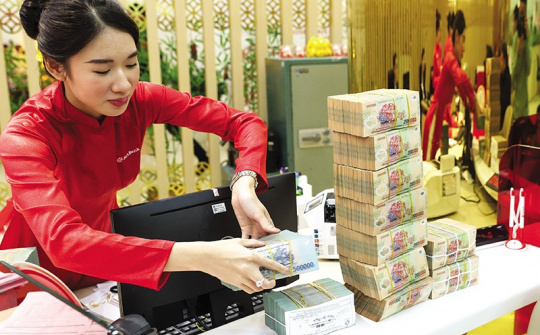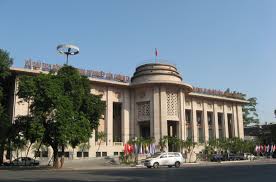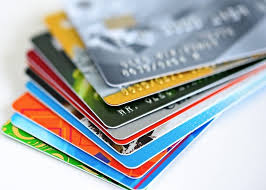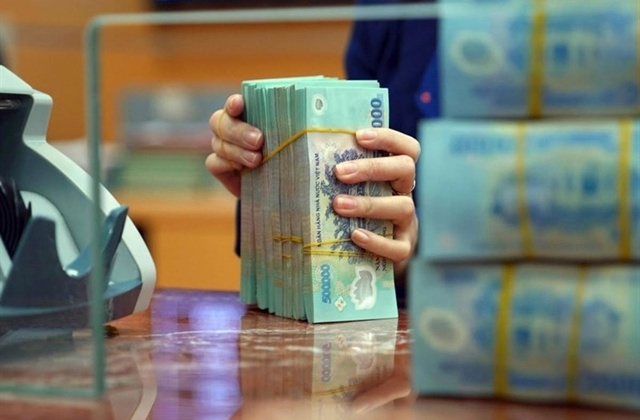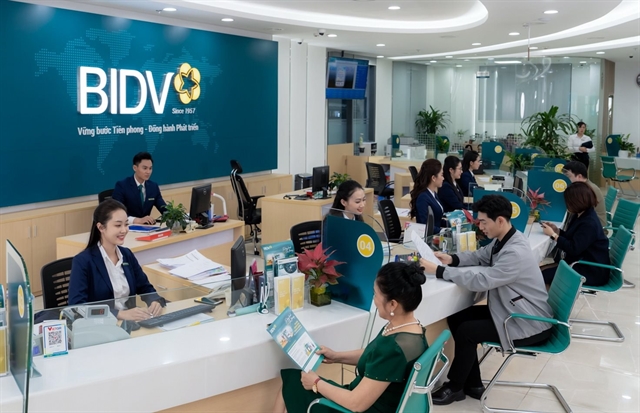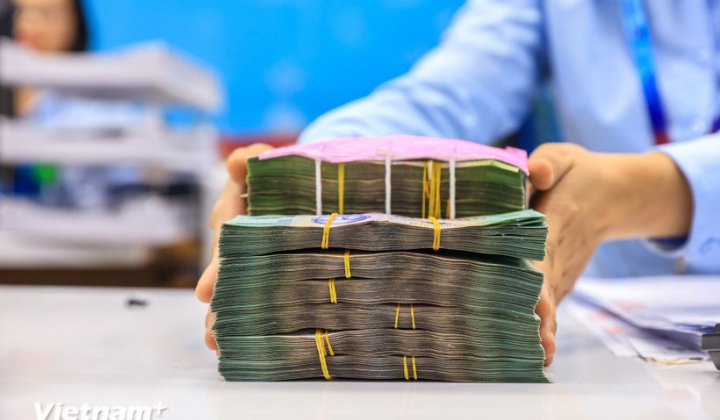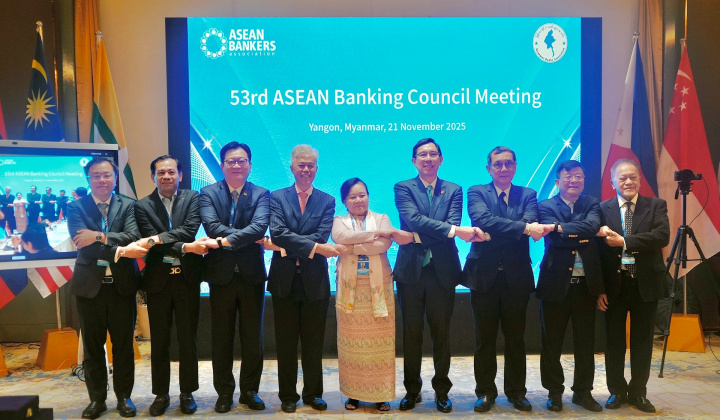 The pandemic has been a catalyst for change in the way consumers spend money and pay for goods and services, said a recent study by Mastercard. — VNA/VNS Photo
The pandemic has been a catalyst for change in the way consumers spend money and pay for goods and services, said a recent study by Mastercard. — VNA/VNS Photo
The pandemic has forced the banking sector to speed up digitalisation and contactless banking, said Nguyễn Quốc Hùng, general secretary of the Vietnam Banks Association during an online conference on the digitalisation of banking and finance in Việt Nam on Thursday.
Hùng said the pandemic, especially the fourth outbreak of the virus in Việt Nam, has encouraged banks to introduce additional online services as well as customers to make full use of them.
Banking expert Nguyễn Trí Hiếu said the sector's digitalisation has been boosted with the rising popularity of mobile devices, the Internet and social media platforms. Those were all contributing factors for the proliferation of new banking services including digital wallets and mobile money.
Notably, mobile money has been said to be a viable solution for isolated and remote areas, where up to 40 per cent of the local population still had difficulties accessing regular banking services.
Phạm Quang Minh, director-general of Mambu Việt Nam – a cloud-native banking platform that operates in a Software-as-a-Service model which enables banks and financial institutions to build new banking and lending experiences in the cloud – said digital technologies allowed banks to provide customers with products with high added value, better customer experience and more secure banking while at the same time cut operating costs.
Minh said digitalisation has become part of the sector's business strategy, in which banks must continue to create new ecosystems and work together with fintech firms to deliver better customer experiences.
Bùi Đình Giáp, CEO of akaBot under FPT Software, said digitalisation could help banks improve productivity by allowing their workers to spend less time on non-productive tasks and more on value-creating tasks.
A recent Mastercard study showed the pandemic has been a catalyst for change in the way consumers spend money and pay for goods and services.
The study said 60-70 per cent of Southeast Asian consumers have shown reduced use of cash while 75 per cent asked said they would continue using contactless payment post-pandemic and as much as 91 per cent asked said they, at one point, used contactless payment during the pandemic in respect to social distancing rules and safety.
"This trend toward digital payment is happening across the region, according to our new payments index. At least 94 per cent of people in the Asia Pacific now consider using at least one emerging payment method," said Winne Wong, Mastercard Country Manager for Việt Nam, Cambodia and Laos.
Real processes have been seen in Việt Nam with more businesses and consumers using contactless payment or making the switch from cash-based transactions to contactless payment during the pandemic.
"For a population that preferred cash and cards predominantly, the pandemic really prompted the acceptance of cashless at an unprecedented pace, as from what I observed, Vietnamese people are more likely to ask if the money could be transferred, moving away from the traditional cash reliance mindset," Wong said. — VNS




